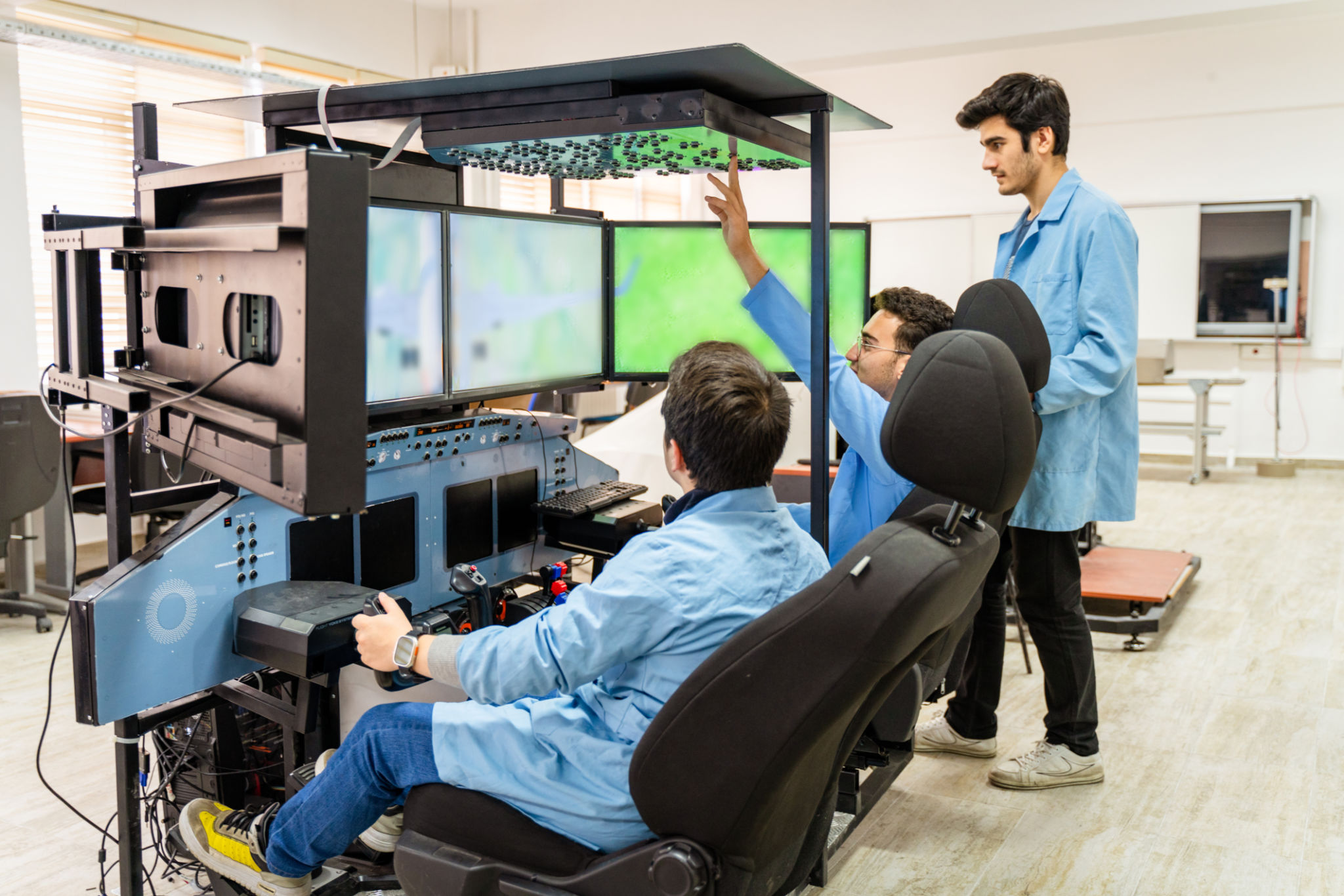Top Misconceptions about Virtual Sensors in Industrial Applications
JM
Introduction to Virtual Sensors
In the ever-evolving world of industrial applications, virtual sensors are gaining significant traction. These sensors are known for their ability to estimate parameters using mathematical models rather than direct measurement. Despite their growing popularity, several misconceptions surround their use and capabilities.
Misconception 1: Virtual Sensors Are Not Reliable
One of the most common misconceptions is that virtual sensors are unreliable compared to their physical counterparts. This stems from a lack of understanding of how these sensors operate. Virtual sensors leverage advanced algorithms and data analytics to provide highly accurate estimations, often surpassing traditional sensors in consistency and reliability.

The Role of Data
The reliability of virtual sensors largely depends on the quality and quantity of data used for modeling. With access to comprehensive datasets, virtual sensors can offer robust performance by continuously refining their estimations through machine learning techniques.
Misconception 2: Virtual Sensors Are Difficult to Implement
Another prevalent belief is that virtual sensors are complex and difficult to implement in existing systems. On the contrary, they are designed to integrate seamlessly with current infrastructure, utilizing existing data streams and computational resources.

Simplifying Integration
Many providers offer user-friendly platforms that simplify the integration process, allowing industries to adopt virtual sensor technology without extensive overhauls or disruptions. This ease of implementation makes them accessible even for small to medium-sized enterprises looking to enhance operational efficiency.
Misconception 3: Virtual Sensors Only Supplement Physical Sensors
It is often assumed that virtual sensors can only serve as supplementary tools alongside physical sensors. While they do complement traditional sensors well, virtual sensors can independently provide valuable insights, especially in scenarios where physical sensor deployment is impractical or cost-prohibitive.

Standalone Applications
Virtual sensors can be particularly beneficial in harsh or inaccessible environments where physical sensors may fail or incur high maintenance costs. Their ability to function independently opens up new possibilities for monitoring and control in diverse industrial settings.
Conclusion
Understanding the true capabilities of virtual sensors is crucial for leveraging their full potential in industrial applications. By dispelling these misconceptions, industries can make informed decisions that enhance productivity and innovation. As technology continues to advance, the role of virtual sensors will undoubtedly expand, offering even more opportunities for optimization and efficiency.
